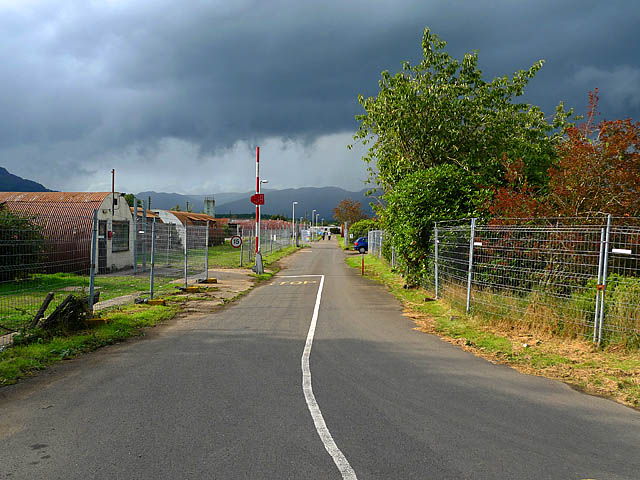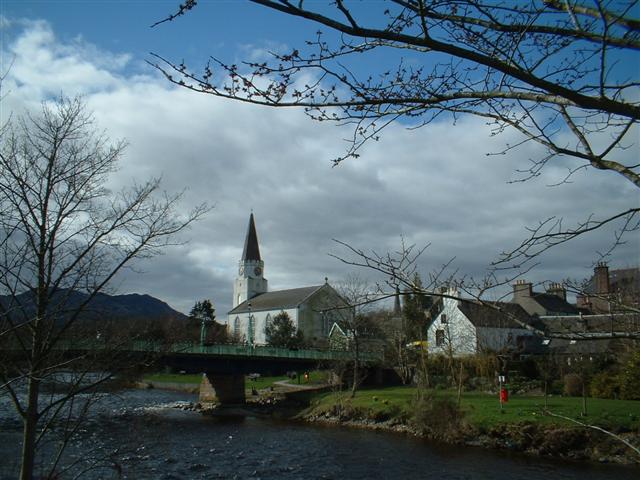Blue Bottle Wood
Wood, Forest in Perthshire
Scotland
Blue Bottle Wood

Blue Bottle Wood is a pristine and enchanting forest located in Perthshire, Scotland. Spread across a vast expanse of land, this woodland is known for its breathtaking beauty and diverse ecosystem. With its lush greenery, towering trees, and tranquil atmosphere, it is a paradise for nature enthusiasts and those seeking solace in the wilderness.
The woodland is mainly comprised of native species such as oak, birch, and pine, which provide a rich habitat for a wide variety of flora and fauna. The forest floor is adorned with a vibrant carpet of wildflowers, creating a picturesque scene that is a delight to explore.
Blue Bottle Wood is also home to a diverse range of wildlife. Visitors may encounter deer, foxes, badgers, and an assortment of bird species as they wander through the forest. The peaceful ambiance makes it an ideal spot for birdwatching and wildlife photography.
For those interested in outdoor activities, the wood offers numerous pathways and trails that wind through its depths. Hiking and walking enthusiasts can immerse themselves in the beauty of nature while breathing in the invigorating scent of the forest. The sound of birds chirping and leaves rustling in the wind provides a soothing soundtrack to one's journey.
Blue Bottle Wood is a place that inspires awe and wonder, offering a chance to escape the hustle and bustle of everyday life. Its unspoiled surroundings and natural splendor make it a must-visit destination for anyone seeking a connection with the great outdoors.
If you have any feedback on the listing, please let us know in the comments section below.
Blue Bottle Wood Images
Images are sourced within 2km of 56.356698/-4.0242364 or Grid Reference NN7520. Thanks to Geograph Open Source API. All images are credited.


Blue Bottle Wood is located at Grid Ref: NN7520 (Lat: 56.356698, Lng: -4.0242364)
Unitary Authority: Perth and Kinross
Police Authority: Tayside
What 3 Words
///civil.epic.converged. Near Comrie, Perth & Kinross
Nearby Locations
Related Wikis
Aberuchill Castle
Aberuchill Castle is located 3 kilometres (1.9 mi) west of Comrie in Perthshire, Scotland. It comprises an early 17th-century tower house, which was extended...
Cultybraggan Camp
Cultybraggan Camp lies close to the village of Comrie, in west Perthshire, Scotland. It was first used as a prisoner of war (PoW) camp during World War...
Dalchonzie
Dalchonzie is a place by the river Earn in Perthshire. Buildings there include a country house, a hydro-electric power station and farms. From 1903 to...
1 Dunira Street
1 Dunira Street is an historic building in Comrie, Perth and Kinross, Scotland. It is a Category A listed building dating to 1904. Its architect was Charles...
Comrie, Perth and Kinross
Comrie (; Gaelic: Cuimridh; Pictish: Aberlednock; Latin: Victoria) is a village and parish in the southern Highlands of Scotland, towards the western end...
Dalchonzie Halt railway station
Dalchonzie Halt railway station, Dalchonzie Platform railway station or Dalchonzie Siding in the Parish of Comrie, Perth and Kinross, Scotland was an intermediate...
Glen Artney
Glen Artney or Glenartney is a valley in Perthshire, Scotland.Several ships have been named Glenartney: SS Glenartney (1869), an iron-hulled steamship...
Dunira, Perthshire
Dunira (Scottish Gaelic: Dùn Iar) is an estate of about 350 hectares (860 acres) in Perthshire, Scotland, 3 miles (5 kilometres) northwest of Comrie and...
Have you been to Blue Bottle Wood?
Leave your review of Blue Bottle Wood below (or comments, questions and feedback).




















